
Celebrating St. Sheelah's Day with a look at Drogheda's Sheela-na-gig
A pre-Famine tradition that 18th March was a feast day in honour of a long forgotten Saint, St. Sheelah, a wife or consort of St. Patrick, has come back into public consciousness due to recent scholarly work by Shane Lehane of University College Cork around the folklore of this event. To celebrate and remember St. Sheelah's Day, Anthony Murphy of Mythical Ireland visited an obscure possible remnant of the tradition around this forgotten female figure.
Two years ago, University College Cork (UCC) folklore and ethnology lecturer Shane Lehane cast new light on an obscure and almost completely forgotten aspect of Irish folk belief. In short, he revealed that in pre-Famine Ireland, March 18th was dedicated to Saint Sheelah, and that Sheelah was thought to have been Saint Patrick's wife.
The festivities around St. Patrick's Day on March 17th were continued into the next day, in honour of St. Sheelah. Newspaper reports predating the Great Famine (which occurred in the late 1840s) refer to this celebration.

Recently, Drogheda community historian Brendan Matthews, based at Millmount Museum, came across reference to St. Sheelah's Day celebrations in Meath. An obituary for the infamous local highwayman Michael Collier, known as 'Collier the Robber",carried in the Drogheda Argus newspaper in 1813, recorded the following:
Some of the inhabitants of Stamullen who were celebrating St. Sheelah's Day by indulging in large amounts of whiskey when the then parish priest of Stamullen, Father Ennis went and broke up, what he termed as, 'a pagan indulgence'.

Matthews says that among the folk celebrating St. Sheelah in the old village of Stamullen that day was Collier the Robber. A few short words were exchanged between Fr. Ennis and Collier, whereby the priest informed the infamous highwayman:
that he would be better off clearing out of Stamullen and from this illegal drinking den as the military were not too far off in search of him.
Lehane says that there was far more to Sheelah than the once widely held belief that she was our national saint's other half. One of the reasons St. Patrick's Day is associated with drinking is because it always falls during Lent, and offered dispensation to disregard abstinence for the day. This dispensation in honour of St. Patrick was extended, says Lehane, into the next day, in honour of his so-called wife.
Sheelah, as an old woman, is strongly resonant of the important Irish folk figure known as the Cailleach, Lehane points out.
Irish mythological, historical and folkloric expressions cast her as the expression of the territorial- and tribal-sovereignty queen and as the life force inherent in nature, nurturing and maternal but also terrifying and destructive.
The Cailleach's deep roots in the notions of birth, fertility and death brings to mind the Sheela-na-gigs, mysterious and often-misunderstood medieval stone carvings. There are over 100 known examples in Ireland. They are often found on medieval tower houses, medieval church sites and holy wells.
I was delighted to have been asked to participate in and contribute material to a temporary exhibition at Millmount Museum for the St. Patrick's Day celebrations, especially as this exhibition focused on the St. Sheelah's Day customs too.

The celebrations attracted a lot of visitors on Saint Patrick's Day, but I made sure to take time to visit Drogheda's own Sheela-na-gig, which was removed from the wall of a house in John Street, number 18, which was demolished in advance of the construction of a new dual carriageway through the old heart of Drogheda back in 1976.

Sheela-na-gigs are carved female figures, often featuring a woman hunkered or with her legs splayed and with her genitalia exposed, regularly in an exaggerated and grotesque way. Lehane says the women in them, who are reclined or squatting, often have big ears, long hair, gritted teeth, emaciated ribs and prominent breasts. In his book 'Island of the Sheela-na-gigs",Jack Roberts says that they are 'carvings of naked females posing in a manner that is usually described as 'exhibiting' themselves and are often called 'obscene' images, so it is rather surprising that they are found on churches and other religious structures'.

The National Monuments Service database of monuments suggests that the Sheela-na-gig of John Street is thought to have come originally from the Priory of St. John. Here is the NMS description of it from the Sites and Monuments Record, which appears to have been derived from Barbara Freitag's 2004 book Sheela-na-gigs: unravelling an enigma:
It consists of a figure 'carved in high relief on block of sandstone and quite weathered. Behind head of figure three contiguous hollow ovals. Large neckless head, two irregular depressions for eyes, no nose, mouth indicated by slit. No breasts; necklace with pendant pointing at long narrow slit, indicating vulva. Arms in front of body with hands touching vulva, and deep touch-hole underneath.

Lehane says that many references made Sheelah a byword for a bedraggled old woman. But, he rightly points out, "elderly women also had experience of the world and were custodians of inherited knowledge, playing significant roles in rites of passage in the human life cycle and the cycle of the year".
Sheela-na-gigs are, he says, more convincing, in line with the Cailleach, as folk deities associated with birth and death. Sheelah embodies the cycle of fertility that overarches natural, agricultural and human procreation and death.
Vernal equinox
It is significant, in Lehane's view, that the festive time of Saints Patrick and Sheelah coincides with the spring equinox, in a "season of new fertility, when days are poised to outlast nights for the first time since the autumn equinox".
Most Irish festivals, which included fairs, pattern days and wakes, took place over three days: the gathering, the feast and the scattering. Sheelah's Day was the last (but not the least) of the traditional three days of celebration that began on the eve of St. Patrick's Day.

Sheelah, along with other holy women such as Saint Brigid and Saint Gobnait, "usher in a new cycle of fertility with ploughing, sowing, the birth of animals, the rising of the sap and the reawakening of nature."
This was also a time of year that brought an emphasis on human marriage and reproduction, according to Lehane. Shrove Tuesday, which is immediately before Lent, has long been the most popular day in Ireland to be married.
Sadly, the traditions around St. Sheelah and her festival day seem to have largely faded into obscurity at the time of the Great Famine. Vestiges of these traditions survive among Irish emigrants in Newfoundland.
Thankfully, through the work of people such as Shane Lehane, Barbara Freitag and others, Sheela is, hopefully, undergoing a resuscitation, a revivification. I discussed the cultural and spiritual importance of this in a previous blog post two years ago: read it here.
I cannot but agree with Lehane's closing remarks in his Irish Times article about Sheelah when he says:
As many of her devotees died in the Famine, and given the influence of the misogynist, patriarchal church, she has all but vanished from Irish life. I, for one, will be raising a glass to her on her feast day.
And, just in case you were wondering, the drink of choice, according to the traditions, would be whiskey!
To Sheelah! A toast to your restoration!
Further reading
Saint Patrick was married - his wife was Sheelah and her day was celebrated on March 18th
Sheelah take a bow: This Irish icon was far more than just St Patrick’s wife
St Patrick had a wife, and her name was Sheelah

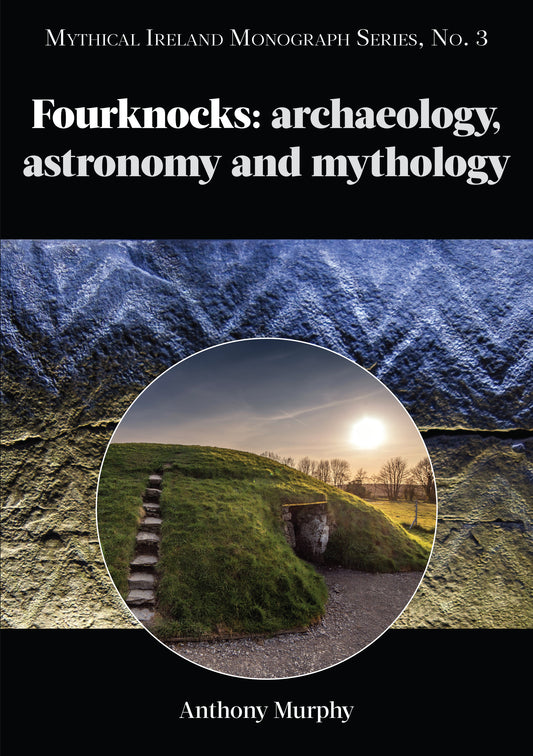
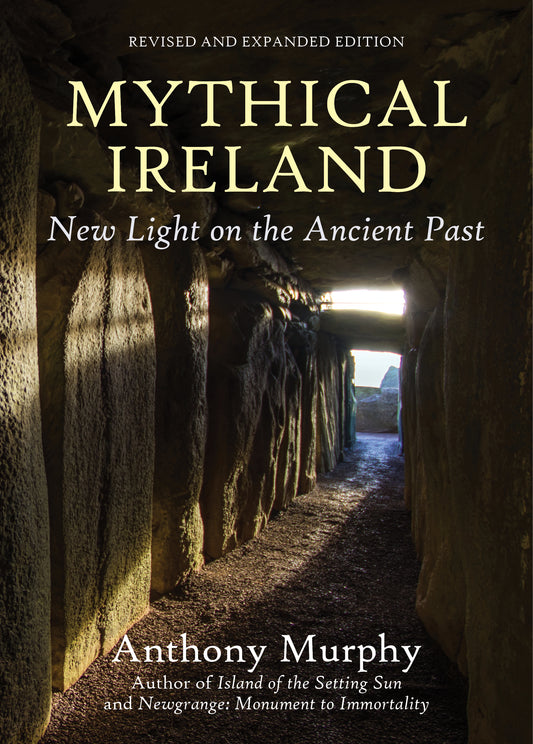
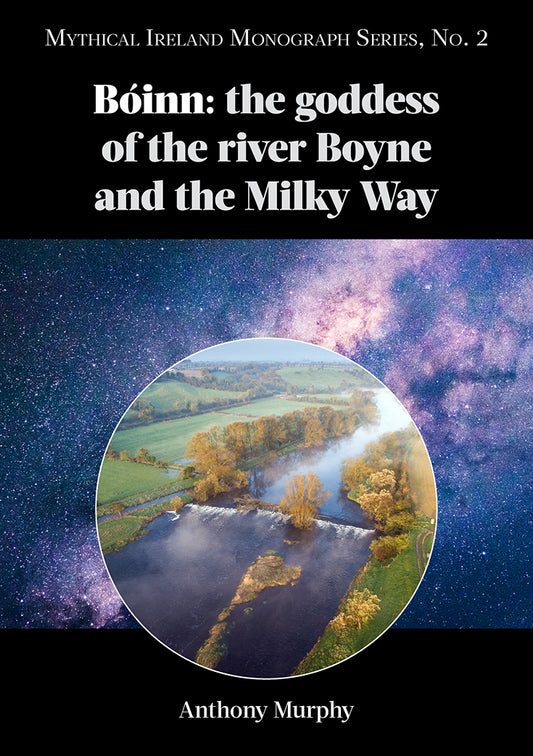
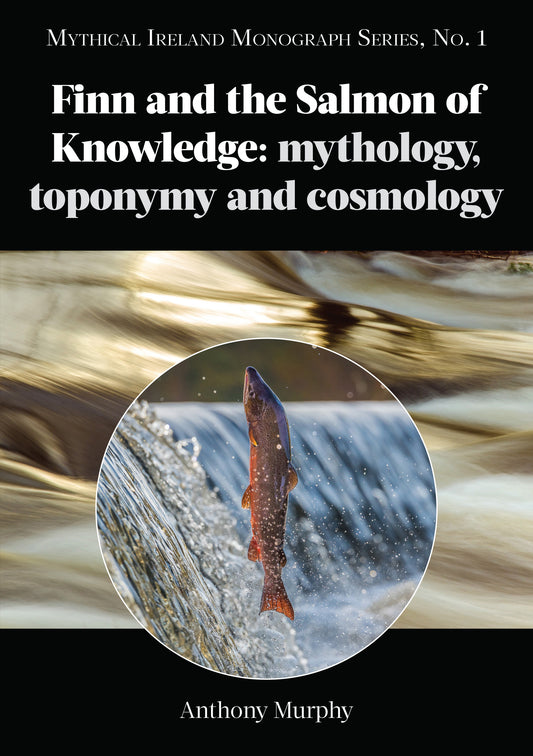
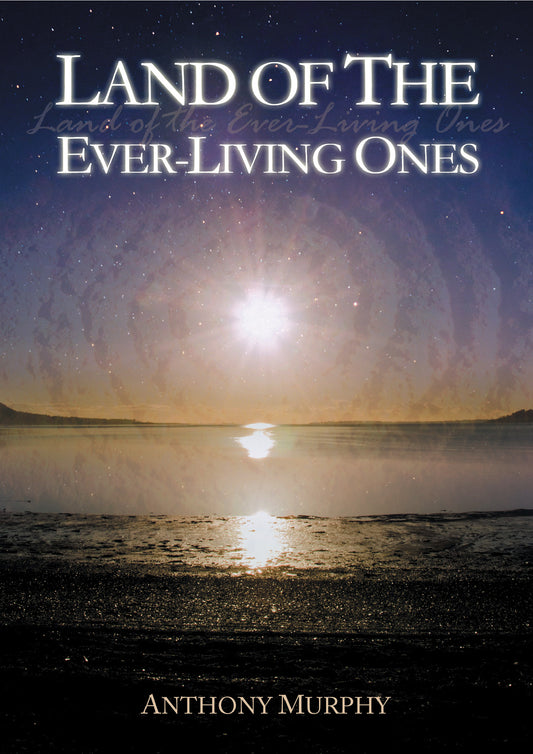
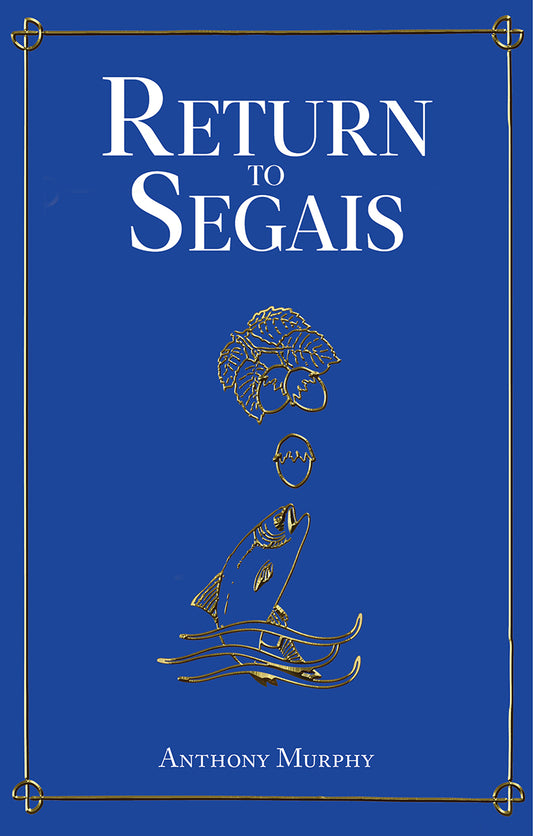
5 comments
I am familiar with a PhD thesis that claims she represents sovereignty. There is a strong argument that she is closely connected to the O’Neal family
This is fascinating. Thank you
What we have here is he merging of a pagan icon/diety and Christian mythology. We know little of Patrick Patrick is probably not his name. Patrichius as in patrician, Bishop. Croagh Patrick was a pagan place of worship. He did not light a fire in Slane. There is an Iron Age fort on the Hill. The defenders would have killed him and his mates. Shealagh na Gig is related to fertility of the land and the people. As Manual would say we know nothing. Patrick’s day is close to the Spring Equinox A traditional fertility festival marked by dance, naughty behaviour and drink. Some things stay the same
I did not anything about this Lady. Thank you for the really interesting info.
An excellent & well researched article